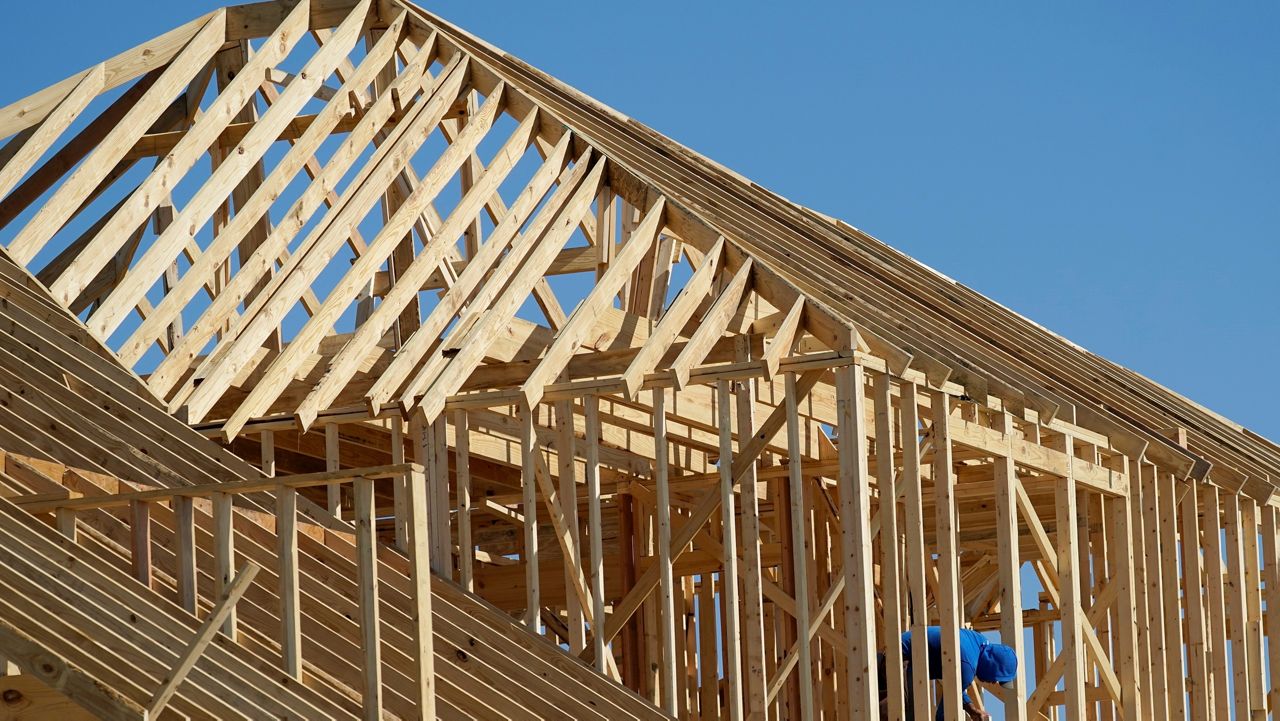TEXAS — Texas grew by nearly 16% in the last decade, according to 2020 U.S. Census data, bringing in almost 4 million new residents. The Lone Star State was behind Utah and Idaho as the third biggest population growth in the United States.
Among the new Texans are hundreds of thousands of arrivals from California, just as that state saw a much slower growth rate at just 6.1% in the last decade.
Almost 700,000 Californians have relocated to Texas since 2010, according to an analysis of U.S. Census data by StorageCafe, an online platform that compiles storage unit listings across the nation.
So, when Californians come to Texas, where do they go?
Not surprisingly, most California transplants head for the Texas triangle, which is the region that makes up the state’s largest metropolitan areas — Dallas-Fort Worth, Houston and Austin.
The group identified the 25 most popular routes for people leaving California for Texas by examining county-to-county migration data from the U.S. Census in 2019.
The top destination for all Californians was Harris County. The Houston area was particularly popular with Los Angeles movers, who accounted for almost 40% of the new Californians who moved to the city in 2019.
In fact, Angelenos dominated most of the California movers to Dallas and the surrounding North Texas counties, including Denton, Tarrant and Collin. The Southern Californians also moved to Travis County, the second most popular county in Texas for Californians, as well as Bexar County, which was fifth on the destination list for those movers.
El Paso and Bell County were big draws for those coming from San Diego, with those counties being nine and 10 on the list of the most popular destinations for Californians.
The survey suggested that Californians were largely drawn to the Lone Star State for economic opportunities. In fact, many formerly California-based tech companies have made the southwest migration in headline-making moves over the past year alone. Fortune 500 tech giants Oracle and Hewlett Packard Enterprise announced that they were moving last year to Texas. Then Elon Musk announced that his Tesla company would relocate to Austin.
The real estate company CRBE and Charles Schwab have moved their headquarters recently from California to the Dallas area.
In fact, some 114 companies relocated their headquarters from California to Texas between January 2018 to June 2021, according to a report from the Hoover Institution at Stanford University.
Texas’ growing economy and the opportunities that come with it, coupled with a robust workforce and zero state income tax, all contribute to Californians' attraction to the state. The lower cost of housing compared to the Golden State’s prices must also be a huge factor for Californians looking to relocate to Texas, the StorageCafe report said.
Texas homes are 59% less expensive compared to California, while also providing 14% more space, the study showed. For example, the median house price in Santa Clara in Northern California’s Silicon Valley was 72% higher than in Dallas County. Just north of Dallas, a typical home in Collin County was 1,000 square feet bigger than a home in Santa Clara County, the study found.
A typical home in the Dallas-Fort Worth area is 52% cheaper than in Los Angeles County, resulting in a list price gap of $438,000, the study showed.
So, will the influx of some 82,000 Californians into Texas each year over the past decade have a long-term effect?
Texas Republicans, while supportive of the Texas government’s hands-off approach to business that has attracted the Californians, who come from a Democrat-run state, certainly hope not. Texas Gov. Greg Abbott in 2018 ran for office with “Don’t California My Texas” campaign stickers.
Bumper stickers against the “Californication” of their state aside, Texas Republican lawmakers this year appear to have made sure to secure GOP dominance in state politics with the recent redistricting maps drawn up in the special session of the legislature.
The new maps for the State House, Senate and Congressional districts will tighten Republican control while reducing Black and Hispanic communities’ political influence. As for areas where Californians are moving in, Abbott once countered the argument that more Californians moving to Texas didn’t necessarily mean they would be liberals, insisting that his internal polling suggested that Californians who relocated to Texas were more conservative than Texans as a whole.
The redistricting maps await Abbott’s signature.



